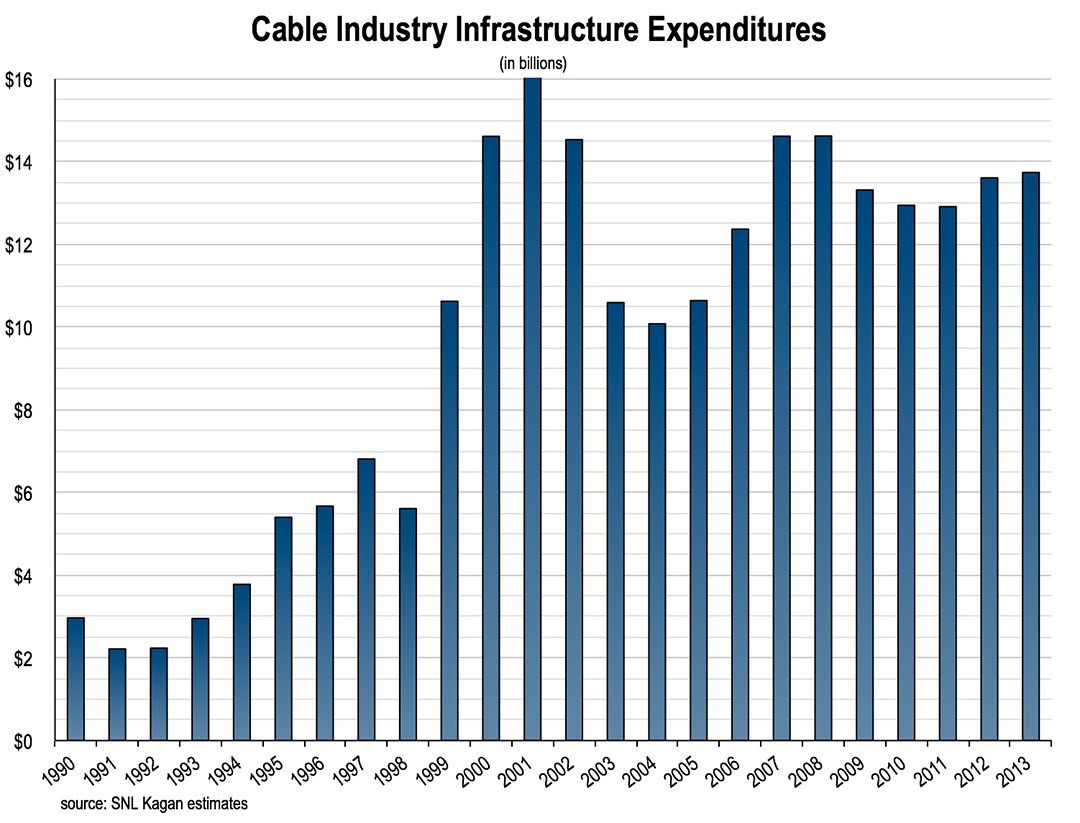Affiliate links on Android Authority may earn us a commission. Learn more.
Report shows that poor indoor cellphone reception keeps landlines alive

A recent Harris Poll finds that one-in-five people are still dealing with significant cellphone reception issues in their homes and therefore keep a landline. This follows a previous poll which showed that one-in-three are forced to take steps to “boost” their indoor cellphone reception at their primary residence.
The recent poll, commissioned by a cellular signal boosting tech company called zBoost, surveyed 2,024 adults last month and found that 18 percent of those surveyed kept their landline strictly because they have issues with their cellphones at their primary residence.
The previous poll from August of 2014 showed that while 97 percent of mobile phone owners make cellphone calls indoors, thirty-two percent said they have been forced to take “steps to boost indoor cell reception.” Some of those steps included heading outside, standing still like a statue and running for the closest window.
At the moment, AT&T and other telecom companies, are going state-to-state trying to convince regulators that it is in the public’s best interest that consumer regulations are gutted so that the telecom companies can stop servicing landlines.

As Karl Bode notes:
AT&T and Verizon have been going state by state, trying to convince local governments that if they kill off regulations requiring they keep providing POTS and DSL, those communities will somehow enter telecom infrastructure investment Utopia, where they’re suddenly awash in improved technology, networks and opportunity. – DSLReports
Of course, this situation only helps the telecom companies who then won’t be forced to upgrade landlines and get to push those consumers to the significantly more expensive and data capped LTE wireless service.
Or a company can do what AT&T does and give the impression that if they are allowed to ignore landlines, they just may install fiber-optic services. Nevermind that AT&T and others continue to freeze significant capital expenditures towards non-wireless services such as U-Verse deployments.